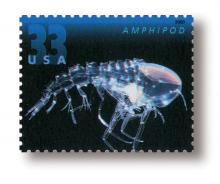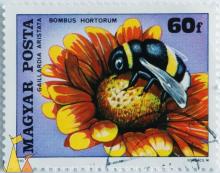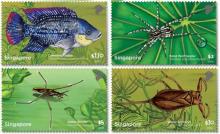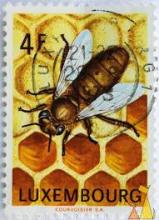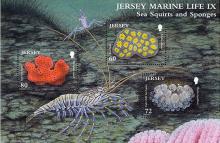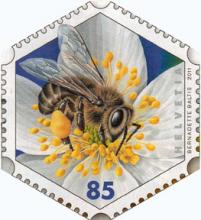Effects of low-dosed imidacloprid pulses on the functional role of the caged amphipod Gammarus roeseli in stream mesocosms
Effects of two series of imidacloprid pulses on caged amphipods (Gammarus roeseli) and their shredder efficiency for litter decomposition were studied for 70 days as part of a comprehensive stream mesocosm experiment. The duration of each imidacloprid pulse of 12 µg L−1 was 12 h. About 250 mL cages with an initial stock of 10 adult gammarids together with different conditioned litter substrates were used. Beside alder leaves (Alnus glutinosa), straw (× Triticosecale) was also used in different trials and tested for its suitability to serve as litter substrate. Results from tracer and microprobe measurements approved the suitability of the test system under low-flow condition of 10 cm s−1 in the surrounding stream water.

